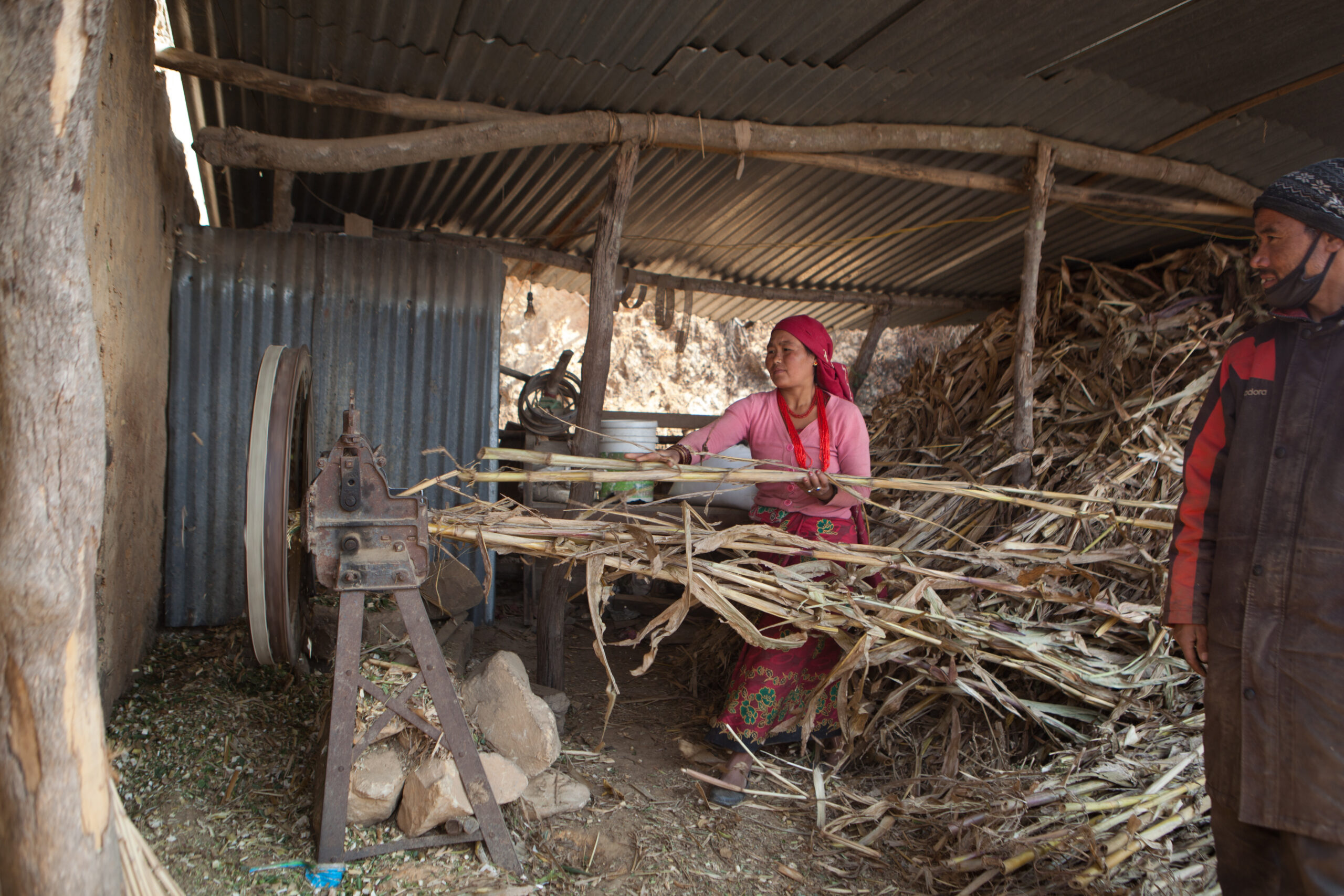In its 25 years of existence, gender mainstreaming in energy policies, institutions, programs and projects has been and still is an important part of ENERGIA’s work. But what is gender mainstreaming in the energy sector exactly? In short, gender mainstreaming is a tool or a process to correct the imbalance between women and men in terms of opportunities, decision making and influence. Why, how and what does gender mainstreaming look like in the energy sector? Our Technical Advisor and member of the Advisory Board Soma Dutta gives a brief insight into the concept.
The 2018 Efficiency for Access survey yielded some interesting findings. It showed that households prioritized LED room lighting, mobile phone-charging and refrigeration as high-priority energy-uses. However, a further exploration into appliances unearthed that while women prioritize electric cookers, sewing machines and clothes washers, men prefer mobile/smart phones, hand power tools and televisions [1]. These differences are particularly significant given the fact that, as a result of gender roles, women are generally in a worse position than men, with fewer opportunities, less decision making power and limited influence. Gender inequalities cut across most social and economic spheres of life, and are institutionalized in formal and traditional laws as well as unwritten norms and values. As a result, women have limited financial means of their own and are unable to influence decisions in what investments should be made in energy services, at government level, in their communities and in their homes. This is unfortunate given that energy, as a critical enabler to development, can play a transformative role in the lives of men and women by enhancing their productivity and effectiveness at home and at work. For example, when women gain access to and use energy services, the poverty reduction impacts are multiple, on health, income generation, and family [2]. At the same time however, there is evidence that when conducive conditions are provided, women can and do play a transformative role in expanding energy access, going beyond their traditional role as “users” and “beneficiaries” of energy sector interventions. As employees of energy companies, as sales agents and as energy entrepreneurs, they are proving their mettle, especially in remote and poor communities and locations.
Women tend to get left out, unless special efforts are made to include them
Unfortunately, the differences in appliances prioritization as well as the latent potential that women represent as change-makers in the energy sector remain largely unexplored and unaddressed in energy interventions. A case in point is the productive use of energy (PUE) projects in developing countries. Since men typically own larger businesses such as those in construction and manufacturing and use higher levels of electricity, they are more likely to be targeted by PUE interventions that are typically electricity focused. In Tanzania, for example, 71% of enterprises are owned by men and they spend three times as much on electricity than women-owned counterparts. Women who operate smaller businesses mostly relying on thermal energy, tend to get left out, unless special efforts are made to include them [3]. Similarly, existing evidence suggests that female-headed households are less likely to have access to electricity. And this is likely to deliver unequal gender impacts.
Women and men should play equally important roles in achieving inclusive and sustainable development
Gender mainstreaming is a tool or a process that aims to correct this imbalance; by ensuring that women’s as well as men’s concerns and experiences are made integral to the design, implementation, monitoring and evaluation of legislations, policies and programs so that men and women benefit equally and inequality is not perpetuated [4]. It is guided by two interconnected principles. First, women and men have different needs, roles, interests and access to resources and their benefits. These differences must be factored in, in energy investments and programme design. Second, women and men should play equally important roles in achieving inclusive and sustainable development. Hence, the gender mainstreaming process comprises the following steps:
- Examining the particular situation and roles of women and men within their economic, political, social and cultural context.
- Identifying any gender gaps and imbalances that may exist, as well as the strengths and opportunities.
- Based on the identified gaps, strengths and opportunities, designing and implementing specific interventions that promote gender equality within the context of the project or policy.
ENERGIA has been working closely with a number of governments as well as energy sector projects and utilities across Asia and Africa, assisting them in mainstreaming gender in seemingly technical energy sector interventions, including centralized grid electrification, off-grid solar energy, productive use of energy and cooking energy. Among others, the Africa Biogas Partnership Program (ABPP), national Biogas programs in Lao PDR, Nepal and Pakistan and the Program to promote rural electrification and a sustainable supply of domestic fuel (GIZ PERACOD) in Senegal can be mentioned, as well as several electric utilities including those in Kenya, Nepal, Tanzania and Botswana. Currently, ENERGIA is supporting EnDev, a multi-donor partnership, working on energy for social and economic development in more than 20 countries.
Supporting women to go beyond their traditional roles and work
The gender mainstreaming process has yielded wide ranging outcomes contributing to gender equality and empowering women at all levels. Examples of realized outcomes include utilities ensuring that female headed households receive electricity through additional support as required, rural electrification planning integrating pumping of drinking water and street lighting. In productive use of energy projects, the gender mainstreaming process has led to additional training of women in areas of leadership and agency, book-keeping, business management and marketing skills and linking them to government agencies and local financial institutions to address their credit needs (which they find it difficult to access). Most importantly, gender mainstreaming in energy projects means supporting business models that support women to go beyond their traditional roles and work; as job-creators, employees, entrepreneurs, and leaders in the energy sector. Clearly, in view of the urgent need to meet the global energy access targets in a manner that leaves no one behind, a systematic gender mainstreaming approach is called for in all energy sector interventions, in order to enable more women to participate in and benefit.
[1] Ashden, 2019. Revisiting the gender-energy nexus through a productive use lens. Dec 2019. Off-grid appliances boost gender-positive ‘productive uses’ of energy – Ashden
[2] Adopted from Energy access and gender: getting the right balance. Dutta, Soma; Kooijman
[3] ENERGIA, 2019. Gender in the transition to energy for all: from evidence to inclusive policies. ENERGIA the International Network on Gender and Sustainable Energy.
[4] GMS.doc (un.org)
About the author
 Ms. Soma Dutta is a socio-economist working on development issues surrounding energy access, poverty and gender. Active within ENERGIA since 2004, she has fulfilled different roles, including program manager, technical advisor and currently Advisory Group member. Her areas of work include project design, M&E, research, analysis and capacity building. She has led initiatives on women’s entrepreneurship in the energy sector and in mainstreaming gender and social inclusion into energy projects, policies and programs.
Ms. Soma Dutta is a socio-economist working on development issues surrounding energy access, poverty and gender. Active within ENERGIA since 2004, she has fulfilled different roles, including program manager, technical advisor and currently Advisory Group member. Her areas of work include project design, M&E, research, analysis and capacity building. She has led initiatives on women’s entrepreneurship in the energy sector and in mainstreaming gender and social inclusion into energy projects, policies and programs.

